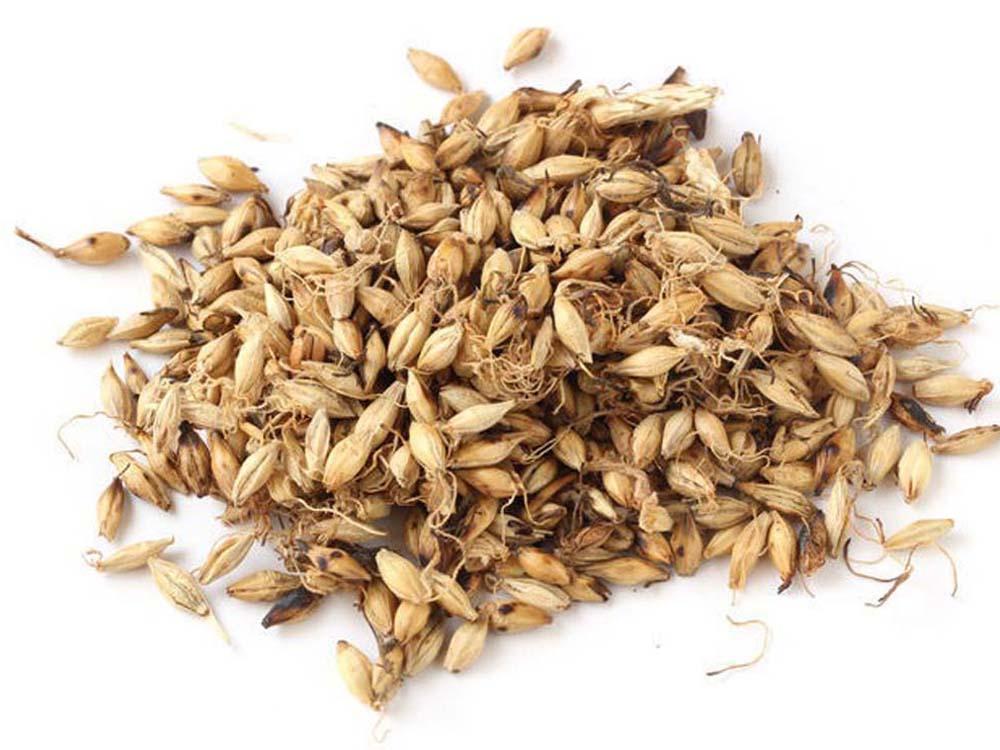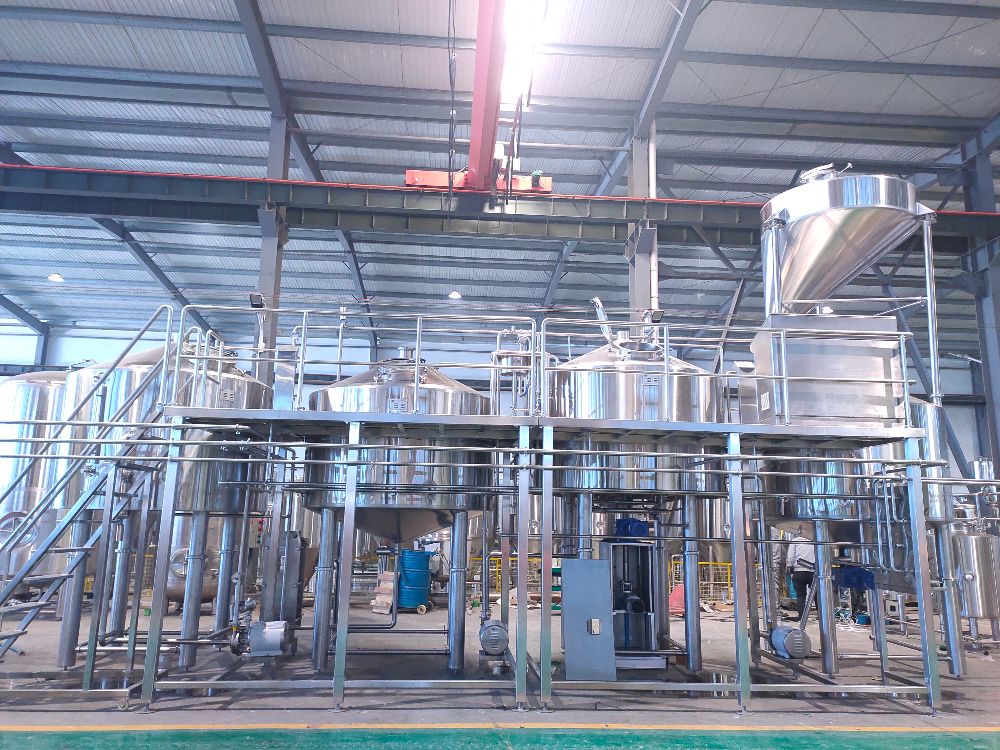What is special malt used in beer brewing
- May 13, 2023
- 68
- tiantai
When plan to set up a microbrewery, not only need to consider how to choose building site, beer brewing equipment configuration & price, license for brewpub, raw material is also necessary to be considered. Among raw material, malt is one of important material need choosing. Different malt will bring different flavor. In actual use, except for common malt, there are also some special malt, do you know this?
Special malt is a type of malt product that can regulate the color, aroma, taste of beer or the properties of wort to meet the needs of producing different types of beer. In beer production, this type of malt is not used in large quantities and is not a major source of enzymes and extracts, but it is an essential and important raw material in the manufacture of certain types of beer.
There are many types of special malts, such as caramel malt, caramel malt (also known as sweet malt or amber malt), colored malt (also known as black malt), red malt, crystal malt, chocolate malt, coffee malt, wheat malt, etc.
Examples of caramel malt and coloring malt for the production of dark beers or stouts
1. Caramel malt
Its characteristic is that the malt section is amber, and it has a sweet and caramel taste in the mouth. Before producing caramel malt, the water content of the malt should reach about 50% (dry malt can be soaked in water). Then remove it and dry it in the shade , so that the surface of the wheat grains is not wet, then put it into a special fried wheat furnace, slowly raise the temperature to 65~70°C, keep it at this temperature for 1.5~2h, and then use 5~6h to raise the temperature to 110-120°C, Roast at this temperature for 0.5~1h.
Caramel malt basically has no enzyme activity, but the endosperm is looser and contains a certain amount of reducing sugar. It can be crushed with a malt grinder and added to the mash tun. The use ratio is 2% to 5% of the malt input. Adding caramel malt can increase the malt aroma and mellow feeling of beer, make the beer have better palatability, and increase the foam persistence of beer.

2. Colored malt
The characteristic of colored malt is that the cross section of the malt is burnt brown, with partial glassy shape, and when crushed by hand, there is brown powder, which smells like burnt aroma, tastes slightly bitter but full of burnt aroma, and the color range is 50~70EBC chromaticity units , the leaching rate is lower, 60%~65%.
The enzyme activity of the colored malt is completely destroyed, and the endosperm has hard grains (vitreous formed by protein coagulation). The wheat husk is burnt yellow, and it is usually crushed with a rice grinder, and gelatinization is added 15 to 30 minutes before the end of gelatinization and mash cooking. pot. The usage ratio should be strictly controlled to prevent the beer from being burnt and bitter. Generally, the usage ratio depends on the color requirements of the beer, and the maximum usage ratio should not exceed 4% of the malt feeding amount. Adding colored malt is mainly used to increase the color and burnt aroma of beer to make dark beer and stout.
The production of colored malt generally uses dry malt or malt that has entered the scorch period. It is first soaked in water, then removed and dried in the shade, so that the surface of the wheat grains is basically not wet, and then put into the roasting furnace, respectively, at 50~55℃ and 65~ Keep warm at 75°C for 0.5~1h, then raise the temperature to 150~160°C for 1~2h to form a large amount of melanoid inside the malt, then raise the temperature to 185~190°C, and roast at a faster drum speed for about 30 minutes, When there is a "crackling" popping sound and a strong burnt aroma, continue to keep warm for 5~10 minutes, and then it can be taken out of the oven and cooled.
The colored malt should not be over-cooked, so as not to bring too much burnt bitterness.

Is there any other special malt are you using? Welcome to leave message for discuss further.
Besides, welcome to contact us to customize beer brewery equipment. We will also share some beer recipe and use tips. Cheers!
Nicole | Sales manager
Email: [email protected]




.jpg)